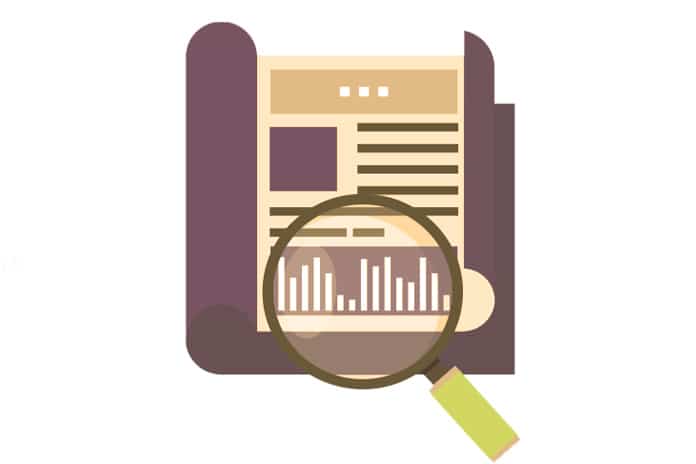As mobile marketing gets more data-driven, the success of a marketing campaign is derived from metrics like engagement rate, conversion rate, ROI, etc. Starting with collecting data, interpreting the data, integrating the insights into your marketing strategy, and automating the data analysis process, a data-driven approach has its fair share of challenges. Add to it ever-changing user behavioral patterns, and segmentation and targeting get a little more challenging.
How can marketers examine the behavioral patterns of changing user attributes and make wise business decisions?
The answer to this pressing problem is cohort analysis. Cohorts simply mean ‘groups’. Cohort analysis groups users based on similar behavior and tracks their behavior over time. Instead of looking at your entire audience as a collective, with cohort analysis, you end up viewing them as subsets. So, cohort analysis would look at specific events or user attributes to understand what makes a user do a particular action.
Cohort Analysis vs Demographics
Cohort analysis is different from general demographic analysis. Users of an e-commerce app between the ages of 25-35 is a demographic segment. However, female users between the ages of 25 and 35 who have purchased maternity wear in the last 30 days is a cohort. As you can see, cohorts are far more specific than standard demographic groupings. Cohort analysis forms a valuable component of targeted marketing campaigns.
Why Cohort Analysis?
Cohort analysis comes in handy for marketers in various situations. On any given day, the user base for an app can have a mix of new and existing users. Cohort analysis can help marketers have picture-perfect clarity on user activity of different segments. For example, the activity of new users will not mask the dormancy of existing users. Marketers can measure various metrics like engagement, conversion, and retention across cohorts to improve their marketing efforts.
Cohort analysis can also be used to validate hypotheses and drive better and more targeted marketing campaigns. Apart from comparing different segments of users, marketers can compare based on user properties like geography, session details, and technographics.
Some major benefits of using cohort analysis in your marketing are:
- Helps in defining segments: Cohorts allow for finer segmentation and provide marketers with more knowledge on user preferences and interests.
- Helps in improving user experience: Cohort analysis examines user behavior patterns and changes in purchase intent over time. This helps marketers reduce friction points between users and brands, and in turn, work towards improving user experience and customer lifetime value.
- Helps in reducing time to convert: Cohort analysis provides marketers with information on what makes a user convert. This can help in creating campaigns that convert users faster. Also, with the insights from cohort analysis, marketers can now retarget users who haven’t converted yet.
- Helps in user retention: With cohort analysis, marketers can gain a better understanding of user attributes. This understanding can be used to implement campaigns that can help lower churn rates. Also, cohort analysis can help in identifying those user actions that drive retention.
The biggest upside of employing cohort analysis is the ability to see smaller details that otherwise would’ve been missed. By having a more holistic understanding of your audience, your marketing can become more targeted and more efficient. This in turn, directly correlates with higher rates of engagement and retention. It’s a proven fact that high retention rates correspond to higher revenues and customer lifetime value over time.
Measure User Engagement and Retention with Cohorts
The success of cohort analysis depends on the accurate collection and interpretation of user data. Hence, your marketing automation tool needs to have robust data analytics functionality.
Choosing an all-in-one integrated analytics and engagement platform like CleverTap will help in fueling your organization’s growth, driving retention, and improving your app’s revenue. As CleverTap is an omnichannel marketing platform, you will be able to collect data from across 12 messaging channels, and use cohort analysis to slice and dice the data to uncover deep insights that will change the marketing game for your company.
Join CleverTap’s upcoming webinar series to learn how top leaders are reimagining acquisition, customer engagement & retention.


